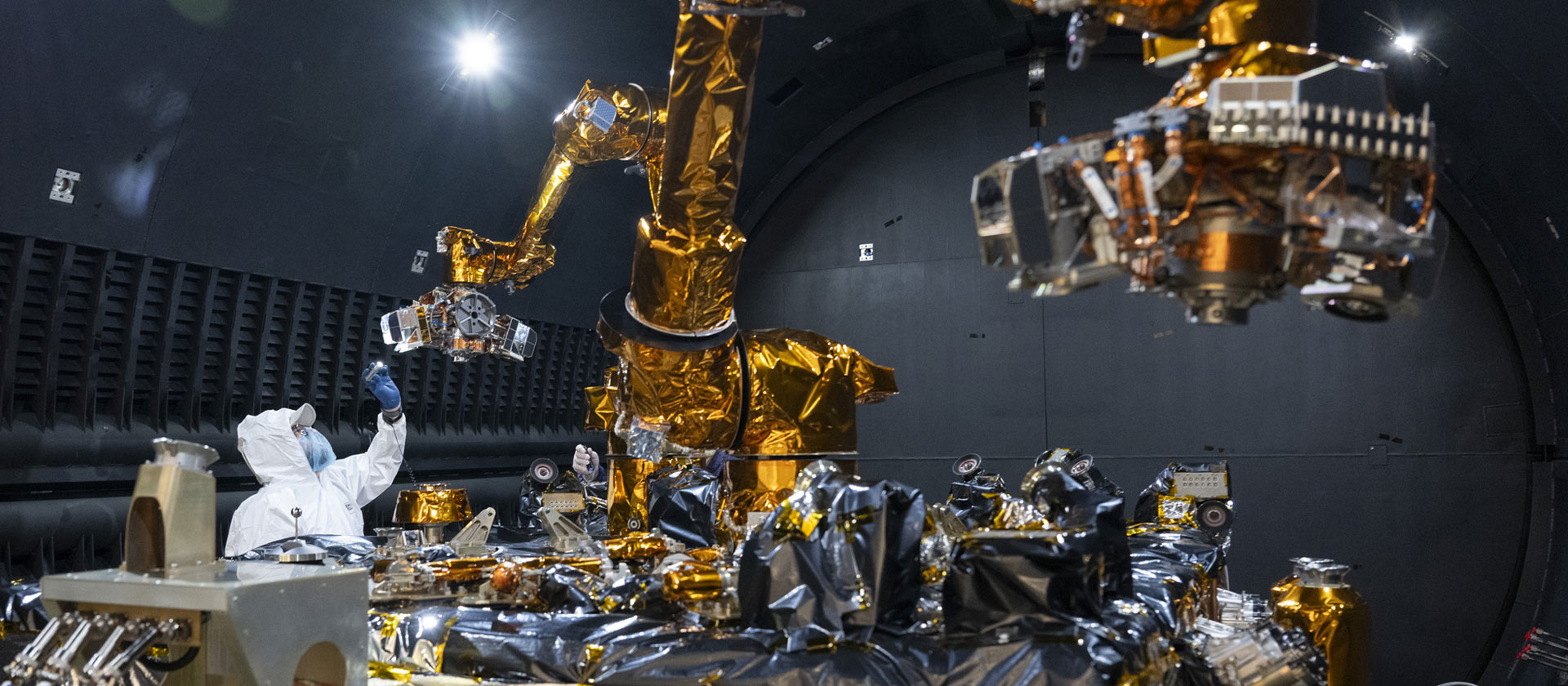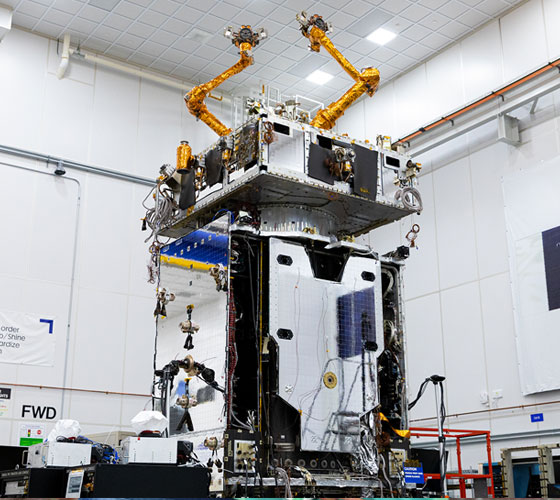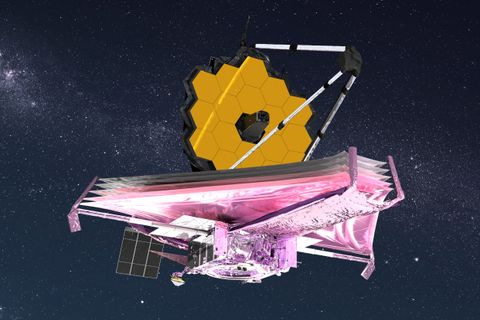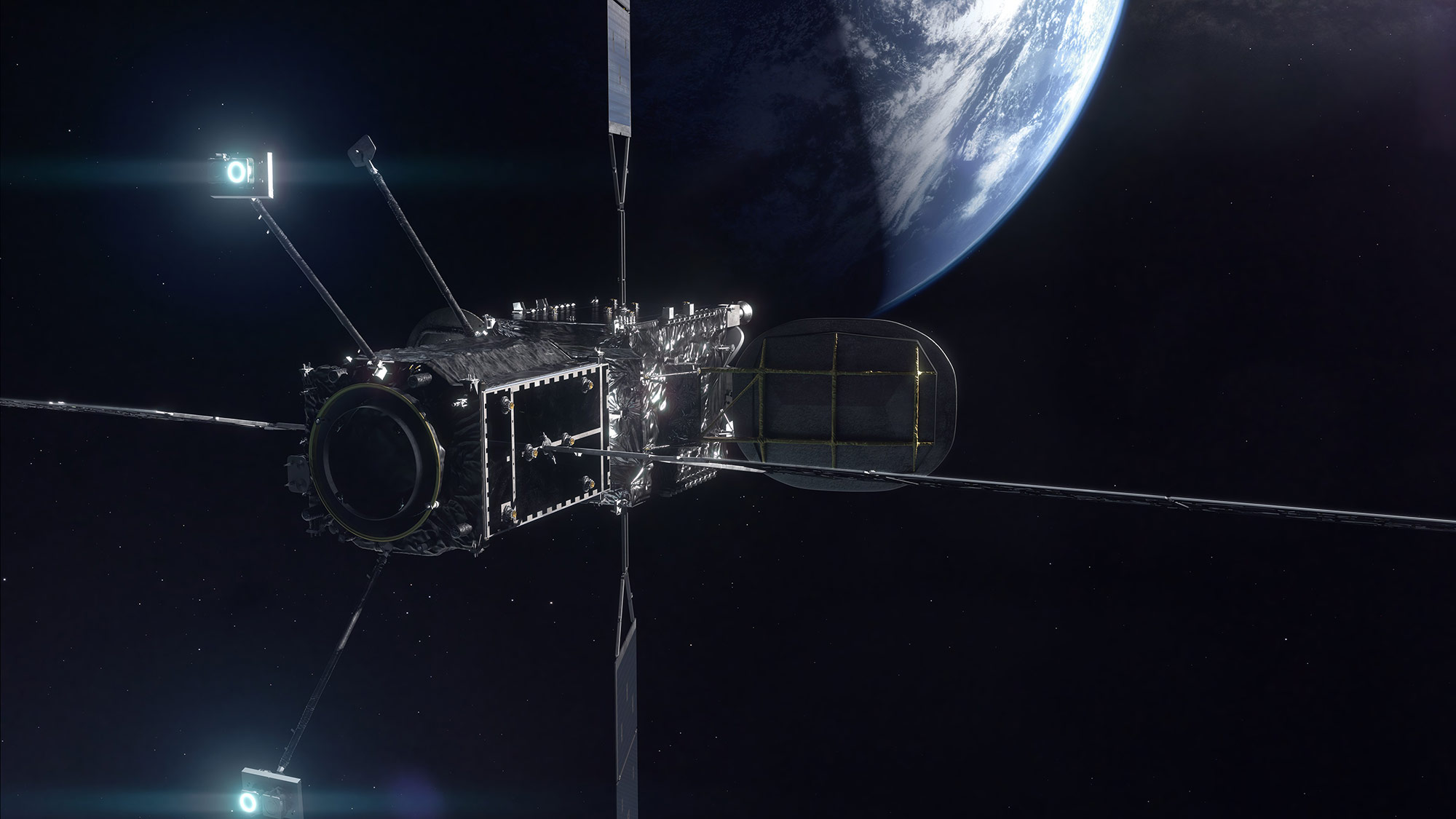We are a space pioneer, supporting government, civil and commercial customers.
Space’s Industrial Revolution
How On-Orbit Servicing Enhances U.S. Strategic Resilience

By Sophia Morris
Northrop Grumman is pioneering a space industrial revolution with on-orbit satellite servicing – a capability that, until recently, did not exist. This next generation technology boosts the resiliency of existing Geosynchronous Earth Orbit (GEO) satellites and enables the evolution of future satellites by unlocking access to critical maintenance and support without service disruption. It also provides a strategic advantage against our adversaries as the U.S. pursues national security through critical advancements in space technology.
With proven on-orbit satellite servicing missions in operation today, the space domain is entering a transformative period where servicing satellites will soon be as routine as servicing aircraft. Five years ago, Northrop Grumman’s SpaceLogistics became the first and only company to extend the life of a commercial satellite running low on fuel through revolutionary on-orbit servicing. The Mission Extension Vehicle-1 (MEV-1) docked with the Intelsat 901 satellite and later MEV-2 docked with the Intelsat 1002 satellite in GEO – effectively extending the mission life of both satellites.
“Our proven experience in on-orbit servicing is redefining the boundaries of resiliency, flexibility and capability in the satellite industry,” said Robert Hauge, president of SpaceLogistics at Northrop Grumman.
Today, the two MEVs have provided nearly a decade of combined in-space service with no reported disruptions to satellite operations. With the recent completion of a third successful docking operation, Northrop Grumman’s SpaceLogistics continues to advance this crucial capability for a variety of customers and missions while shaping its future.
Proven Satellite Mission Extension in GEO

Built for Resiliency
Much of today’s space revolution is driven by the escalating threat environment. National security space capabilities are more important than ever, and resilient satellites are essential to provide uninterrupted services — like communications, missile warning and tracking, weather and intelligence collection — for multi-domain warfighting. To enable this resiliency, Northrop Grumman is developing products to augment existing GEO satellites with new capabilities.
SpaceLogistics’ next-generation servicer — the Mission Robotic Vehicle (MRV) — will use advanced robotics developed by the Defense Advanced Research Projects Agency (DARPA) to install Mission Extension Pods (MEPs) to serve as a “jet pack” to extend a satellite’s mission. The MRV will also perform other missions including inspection, relocation, inclination reduction, repair and debris removal. These capabilities are on track for launch in 2026.
In the future, MEPs could be stored in an on-orbit cache for rapid call-up to repair damaged satellites, providing long-term reliability. MRV could host and install payloads as needed, and serve as an in-orbit testbed for robotic experiments.
“A good strategy does not lock you into a specific course of action but promotes agility and speed,” said Robert. “In-orbit servicing allows our customers to do just that, effectively and reliably.”
Refueling: The Future of Servicing
Since generations of satellites were not built with servicing in mind, Northrop Grumman is responding with an evolutionary game plan.
“Few technologies have the potential to fundamentally disrupt how we operate in space,” said Lauren Smith, program manager for in-space refueling at Northrop Grumman. “Unlike other domains, maneuvering and replenishing assets in space has never been done before. Our team is changing that.”
The company's in-space refueling architecture pushes the boundary of on-orbit servicing further – designing satellites that are prepared to receive fuel from another satellite, known as a tanker, on orbit. Similar to aerial refueling in the sky and underway replenishment at sea, in-space refueling enables the thrust needed for sustained maneuverability in the space domain.
In January 2025, Space Systems Command awarded Northrop Grumman a contract for the Elixir refueling program, enabling the U.S. Space Force to refine rendezvous and proximity operations, docking, refueling and undocking of on-orbit vehicles. Northrop Grumman will design, build and integrate a refueling payload onto a space vehicle and demonstrate refueling with a client satellite.
The company’s current on-orbit success has laid the groundwork for in-space servicing assembly and manufacturing (ISAM) as soon as 2030. ISAM represents a paradigm shift for the space domain, overcoming the limitations of launching large structures from Earth, reducing costs and enabling larger, more capable spacecraft and infrastructure in space.
“Innovative. Flexible. Adaptable. That is how we see the future of on-orbit servicing, and our success in this industry proves the technology is ready and it’s here,” said Robert.
Top Image Photo Credit: U.S. Naval Research Laboratory
Recommended Stories
We mean it when we say anything is possible at Northrop Grumman – and our colleagues are proof of this. With the immense scale and scope of our business, you can shape your career journey with diverse roles and experiences that expand your expertise, feed your curiosity, and fuel your passion.
We are proud to share the stories of our colleagues to inspire future generations.


